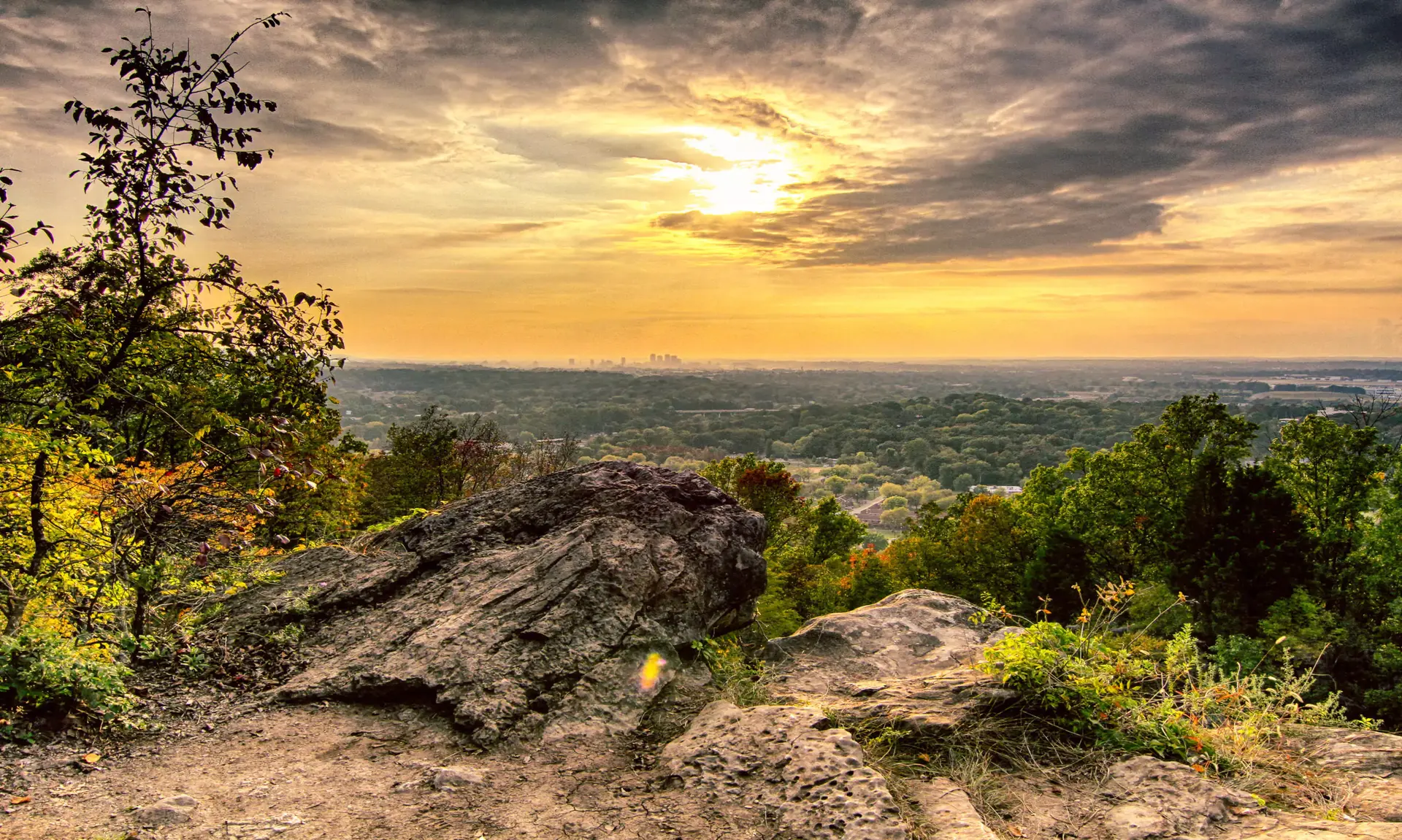America’s national parks are more than just breath-taking landscapes; they are windows into the nation’s diverse ecosystems, rich history, and boundless natural beauty. These protected areas have been cherished by generations of Americans and visitors from around the world. To celebrate these natural treasures and encourage people to connect with nature, the National Park Service designates a special week every year when entrance fees are waived for all. In this blog post, we will delve into the significance of National Park Week, the history of the National Park Service, and some of the most iconic national parks you can explore during this celebration.
I. The Significance of National Park Week

National Park Week is an annual event that typically takes place in April. During this week, the National Park Service offers free admission to all national parks, making it an ideal time for families, nature enthusiasts, and history buffs to explore these incredible natural treasures without any financial barriers. The event also aims to raise awareness about the importance of preserving these natural treasures for future generations.
| National Park | Location | Notable Features |
| Yellowstone | Wyoming, Montana, Idaho | Geothermal wonders, wildlife, hiking trails |
| Grand Canyon | Arizona | Immense canyon, hiking, and helicopter tours |
| Acadia | Maine | Rugged coastline, mountains, historic carriage roads |
| Zion | Utah | Dramatic canyons, hiking, rock climbing |
| Everglades | Florida | Unique wetlands, alligators, birdwatching |
A. Promoting Accessibility:

– Free admission encourages people from all walks of life to experience the natural treasures.
– Removes financial constraints, making it an inclusive event for low-income individuals and families.
– Fosters a sense of belonging and stewardship among diverse communities.
B. Connecting People with Nature:

– Provides an opportunity for individuals to unplug from their daily routines and connect with the natural world.
– Encourages physical activity through hiking, camping, and other outdoor activities.
– Promotes mental and emotional well-being by offering a respite from the hustle and bustle of modern life.
II. The History of the National Park Service

Before delving into the specific parks you can visit during National Park Week, it’s essential to understand the origins and mission of the National Park Service (NPS). Established in 1916 by the Organic Act, the NPS was created to preserve the nation’s natural and cultural heritage for present and future generations. Over the years, it has grown into a massive agency responsible for managing over 400 sites, including national parks, monuments, historic sites, and more.
A. Preservation of Natural Beauty:

– The NPS’s primary mission is to protect and preserve the natural wonders found within national parks.
– It works tirelessly to conserve ecosystems, wildlife, and geological formations.
– Scientific research conducted in national parks contributes to our understanding of climate change and biodiversity.
B. Celebration of Cultural Heritage:

– Many national parks also commemorate the nation’s cultural history, from ancient civilizations to modern innovations.
– These sites tell the stories of indigenous peoples, explorers, settlers, and various cultural movements.
– Historic preservation efforts ensure that future generations can appreciate the past.
III. Exploring Iconic National Parks
National Park Week provides a unique opportunity to visit some of the most iconic and diverse national parks across the United States. Here are a few notable ones that you should consider adding to your bucket list:
A. Yellowstone National Park:

– Known as the first national park in the world, Yellowstone is famous for its geothermal wonders, including the Old Faithful geyser.
– Home to a wide range of wildlife, from bison and grizzly bears to wolves and elk.
– Offers a vast network of hiking trails, pristine lakes, and camping opportunities.
B. Grand Canyon National Park:

– The Grand Canyon is a geological marvel, showcasing millions of years of Earth’s history through its immense, colorful layers.
– Visitors can hike along the rim, venture into the canyon, or take helicopter tours for a bird’s-eye view.
– Stargazing opportunities in this International Dark Sky Park are second to none.
C. Acadia National Park:

– Located in the picturesque state of Maine, Acadia offers a blend of rugged coastline, granite peaks, and dense forests.
– Visitors can explore historic carriage roads, summit Cadillac Mountain for sunrise, or relax on the pristine Sand Beach.
– Birdwatchers flock to the park for a chance to spot peregrine falcons and bald eagles.
D. Zion National Park:
– Famous for its dramatic canyons, lush valleys, and the winding Virgin River, Zion is a paradise for hikers and rock climbers.
– The Narrows, a slot canyon hike through the river, is a unique and unforgettable experience.
– Zion’s towering red rock formations make it a photographer’s dream.
E. Everglades National Park:

– Located in Florida, the Everglades is the largest tropical wilderness of any kind in any major U.S. national park.
– This unique ecosystem is home to alligators, manatees, and an astonishing array of bird species.
– Visitors can explore by airboat, kayak, or on foot along well-maintained trails.
Conclusion

National Park Week is a remarkable opportunity for everyone to connect with the natural and cultural heritage of the United States. By offering free admission to these national treasures, the National Park Service invites individuals and families to explore and appreciate the beauty and significance of these protected areas. Whether you’re drawn to the geysers of Yellowstone, the majesty of the Grand Canyon, the tranquility of Acadia, the grandeur of Zion, or the wild expanse of the Everglades, there’s a national park waiting to inspire and captivate you during this special week.

